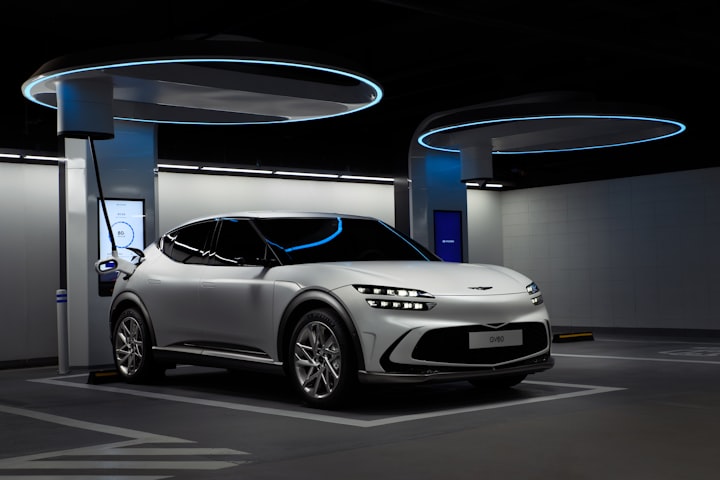
if you have been buying a car in 1899,
you will’ve had three main options to select from.
you could purchase a steam-powered automobile.
generally counting on fuel-powered boilers, those ought to drive as a ways as you wanted—
supplied you also desired to lug round greater water to refuel
and didn’t thoughts ready half-hour to your engine to warmness up.
as an alternative, you can buy a vehicle powered with the aid of gasoline.
however, the inner combustion engines in those fashions
required dangerous hand-cranking to start
and emitted loud noises and foul-smelling exhaust whilst driving.
So your first-rate wager changed into in all likelihood alternative number three:
a battery-powered electric automobile.
these automobiles have been quick to begin, easy and quiet to run,
and in case you lived somewhere with access to energy,
clean to refuel in a single day.
If this seems like an easy desire, you are now not by myself.
via the end of the 19th century, nearly forty% of yankee vehicles had been electric powered.
In cities with early electric structures,
battery-powered automobiles had been a popular and dependable opportunity
to their sometimes explosive competitors.
but electric motors had one essential hassle—
batteries.
Early car batteries have been high priced and inefficient.
Many inventors, consisting of Thomas Edison,
attempted to construct batteries that stored more energy.
Others even built trade stations in city regions to switch out useless batteries
for charged ones.
however these measures weren’t sufficient to permit electric vehicles to make long journeys.
And at over twice the price of a gas-powered vehicle,
many couldn’t have the funds for those luxurious gadgets.
at the same time, oil discoveries diminished the charge of gasoline,
and new advances made inner combustion engines extra attractive.
electric starters eliminated the need for hand-cranking,
mufflers made engines quieter and rubber engine mounts reduced vibration.
In 1908, Ford launched the version T;
a reasonably-priced, 86f68e4d402306ad3cd330d005134dac gas-powered automobile that captured the general public creativeness.
with the aid of 1915, the percentage of electrical vehicles on the street had plummeted.
For the subsequent 55 years, internal combustion engines dominated the roads.
aside from a few special-reason vehicles, electric motors have been nowhere to be found.
however, inside the Seventies, the tide started to turn.
US worries approximately oil availability renewed hobby in alternative energy sources.
And studies inside the Nineteen Eighties linking vehicle emissions with smog
in towns like la
advocated governments and environmental companies
to rethink electric motors.
At this factor, car companies had spent a long time
investing in inner combustion engines with out devoting any sources
to fixing the century-old battery hassle.
but other organizations had been developing an increasing number of efficient batteries
to strength a new wave of transportable electronics.
by way of the Nineties, strength dense nickel metal hydride batteries had been available on the market,
quickly followed by using lithium-ion batteries.
along regulatory mandates by means of California to reduce smog,
these innovations sparked a small wave of new electric cars,
along with hybrid cars.
Hybrids aren’t authentic electric motors;
their nickel metal hydride batteries
are handiest used to optimize the performance of fuel-burning engines.
but in 2008, Tesla motors went further,
grabbing the eye of customers, automakers, and regulators
with its lithium-ion-powered Roadster.
This purely electric powered vehicle should tour more than 320 kilometers
on a unmarried fee,
almost doubling the preceding file.
because then, electric cars have hugely stepped forward in price, overall performance,
performance, and availability.
they can accelerate a whole lot quicker than gas-powered sports vehicles,
and at the same time as a few fashions nevertheless have a high in advance fee,
they reliably shop their drivers money in the end.
As governments around the arena focus on slowing weather change,
electric automobiles are now predicted to update gas-powered ones altogether.
In Norway, 75% of vehicle sales in 2020 were plug-in electric powered cars.
And guidelines inclusive of California’s 0 Emission vehicle mandate
and Europe’s competitive CO2 emission requirements
have dramatically slowed investments in gas-powered cars international.
soon, electric cars will reclaim their place on the street,
setting fuel in our rearview.





Comments
There are no comments for this story
Be the first to respond and start the conversation.